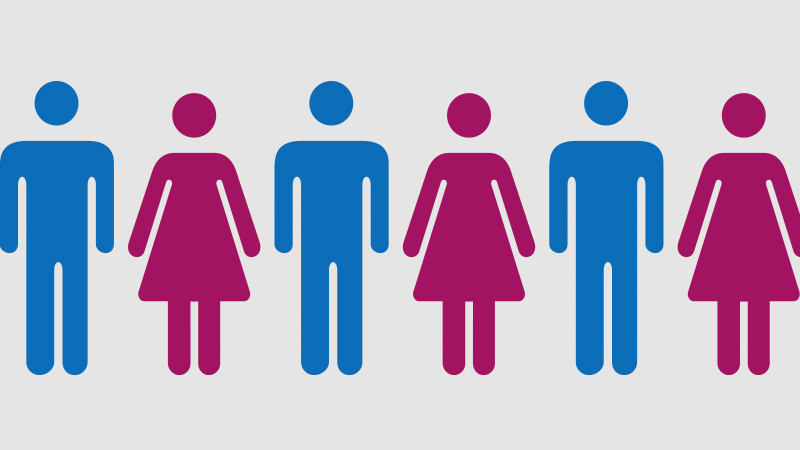A teenage boy who dressed in girls’ clothes and used a different name has spoken out about returning to living in his birth sex.
In an interview with an Australian TV show, Patrick Mitchell, who had believed he was a ‘girl trapped in a boy’s body’, opened up about his experience.
Patrick was diagnosed with gender dysphoria aged 12, after saying he was unhappy with his male body.
Gender dysphoria
His mother Alison said doctors “were wrong to pigeonhole him so quickly”.
“I think they should have said ‘here we have a child who does have gender dysphoria and he’s going through a period of transition where he needs to work out exactly how he feels’”, she added.
Alison decided to give him puberty blockers, before allowing him to take her own oestrogen hormones.
“We were wanting to fuse his bone growth so that we could reduce his height a little bit”, she said.
Realisation
In a separate interview, Australian paediatrician Dr John Whitehall warned against parents giving out oestrogen to children. He said there is “no proof” that this improves their “emotional problems” and it is completely “experimental”.
Dr Whitehall, who has more than 50 years’ experience treating children, added that it was “not uncommon” for children to be confused but they usually “grow out of it” – as was the case for Patrick.
After turning 14, Patrick changed his mind and told Ellie: “I’m just not sure that I am a girl.”
“I guess I just realised that I could be happy without completely changing who I am”, he added. He has now moved with his mother from their home in Australia to London for a “fresh start.”
Alarming
In the UK, figures emerged earlier this year from the Tavistock clinic’s Gender Identity Development Service, a London-based NHS clinic which works with children diagnosed with ‘gender identity disorder’.
Referrals to the clinic rose from 1,419 in 2015/16 to 2,016 in 2016/17 – a 42 per cent increase.
The figures also showed that referrals have been increasing at an alarming rate since 2009, when there were under 100.

